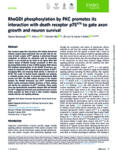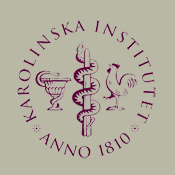A targeted effort to identify novel neurotrophic factors for midbrain dopaminergic neurons resulted in the isolation of GDNF (glial cell line-derived neurotrophic factor) from the supernatant of a rat glial cell line in 1993. Over two decades and 1200 papers later, the GDNF ligand family and their different receptor systems are now recognized as one of the major neurotrophic networks in the nervous system, important for the devel- opment, maintenance and function of a variety of neurons and glial cells. The many ways in which the four mem- bers of the GDNF ligand family can signal and function allow these factors to take part in the control of multiple types of processes, from neuronal survival to axon guidance and synapse formation in the developing nervous system, to synaptic function and regenerative responses in the adult. In this review, recently published in Neurobiology Of Disease, basic aspects of GDNF signaling mechanisms and receptor systems are first summarized followed by a review of current knowledge on the physiology of GDNF activities in the central nervous system, with an eye to its relevance for neurodegenerative and neuropsychiatric diseases. Read the full paper HERE.
|
|||||
New review article published: Biology of GDNF and its receptors — Relevance for disorders of the central nervous system |
|||||
|
Copyright © 2025 Carlos Ibanez Lab @ KI - All Rights Reserved Powered by WordPress & Atahualpa |
|||||



Leave a Reply